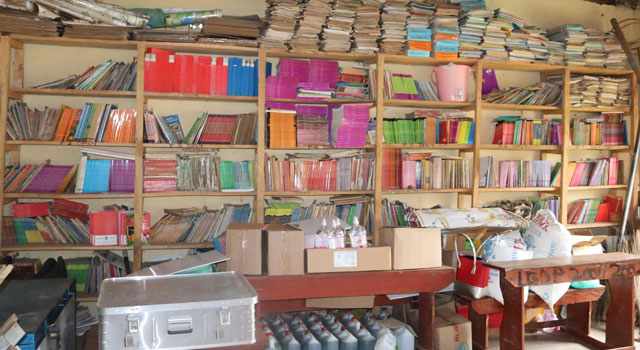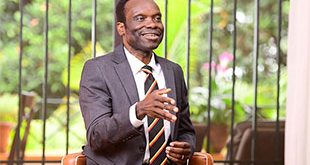
Kampala, Uganda | THE INDEPENDENT | Self-Study Materials that were distributed to schools as part of the interventions to supplement teaching-learning activities in covid-19 disrupted learning period are gathering dust in stores.
The Ministry of Education contracted three different publishers including; Baroque Publishers, MK Publisher, and Fountain Publisher to print and distribute 5.43 million copies to benefit learners in upper primary and lower secondary.
By the end of February this year most schools had received the materials which are designed in textbook format with guidelines requiring headteachers to specifically give out the books to individual learners as they came back to school in a staggered manner.
However, learners are yet to receive the said materials with some schools turning them into school property.
“The headteacher said the school will be providing time for the learners to utilize the books. We can’t give them to learners, they will destroy them and some might end up misplacing them,” a teacher at private secondary schools in Kampala told our reporter.
At Mulago High School, the materials were piled up in the Director of Studies- DOS’ office, and many students at the school are not even aware that these materials exist. The boxes are still sealed and teachers cannot even tell how these books look like or what content is in there.
Hassan Gombe, the headteacher says that they have been waiting for the learners to return in reasonable numbers so they find time and distribute them.
“Several students have not yet reported (referring to S.1 students) so we are waiting for them so as to give them out,” he said adding that the school doesn’t intend to own them.
However, his argument is unconvincing as S.3 students have been at school longer and nearing completion of their term but they are also yet to receive their copies.
In several public schools, headteachers have already archived the books and they always do so on textbooks distributed by the government. they have kept them in stores denying the learners and teachers access them.
When asked why they have not yet distributed the materials to learners, James Wonyaka, the headteacher at Bat Valley Primary School said they are waiting for guidelines from the authorities on how the process will be handled.
Alice Nabwiire, the headteacher KCCA Kamwokya Primary School, says the materials which are currently piled also still in her office will be put into the school library and arrangements will be made for learners to read them.
She further claimed that copies of the self-study materials are not matching the number of pupils in the benefiting classes. However, this statement also seems to be incorrect as the supply was made depending on the figure that had been submitted by the schools themselves.
Ismael Mulindwa, the Director Basic Education at the education ministry, notes that the materials are not intended to stock school libraries but were channeled to schools to smoothen the distribution process.
During the first phase, the government used local governments and resident district commissioners to distribute the materials, a process that hit a deadlock.
The materials were introduced as one of the interventions to ensure that learners continue learning during the lockdown. Although the materials were much needed during the period when learners were out of school, factors including limited funding and procurement delayed the process.
The printing and distribution of the materials have been funded using a special grant obtained from the global partnership for education. Although the ministry is cagey on disclosing the amount of money spent, the grant had set aside 20.8 billion Shillings to print and distribute self-study materials.
*******
URN
 The Independent Uganda: You get the Truth we Pay the Price
The Independent Uganda: You get the Truth we Pay the Price



